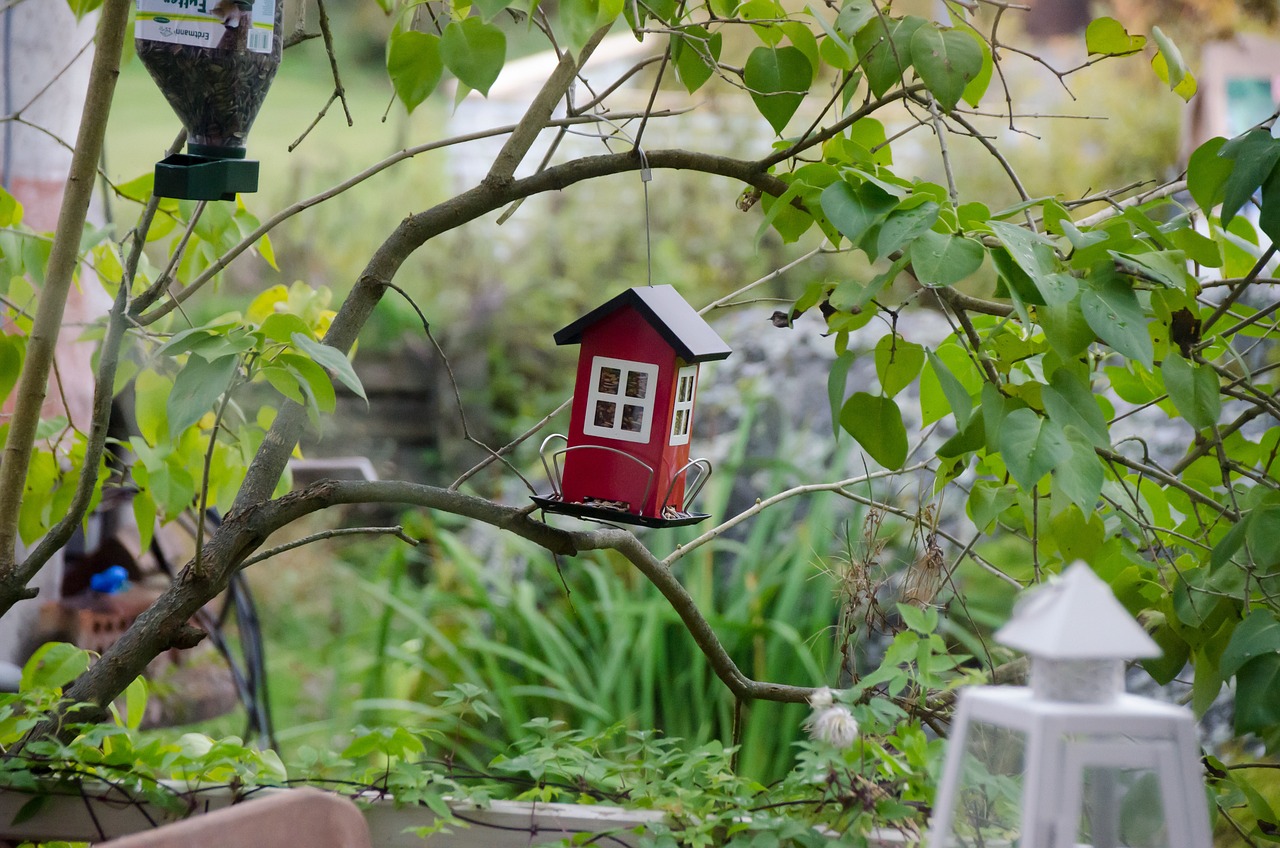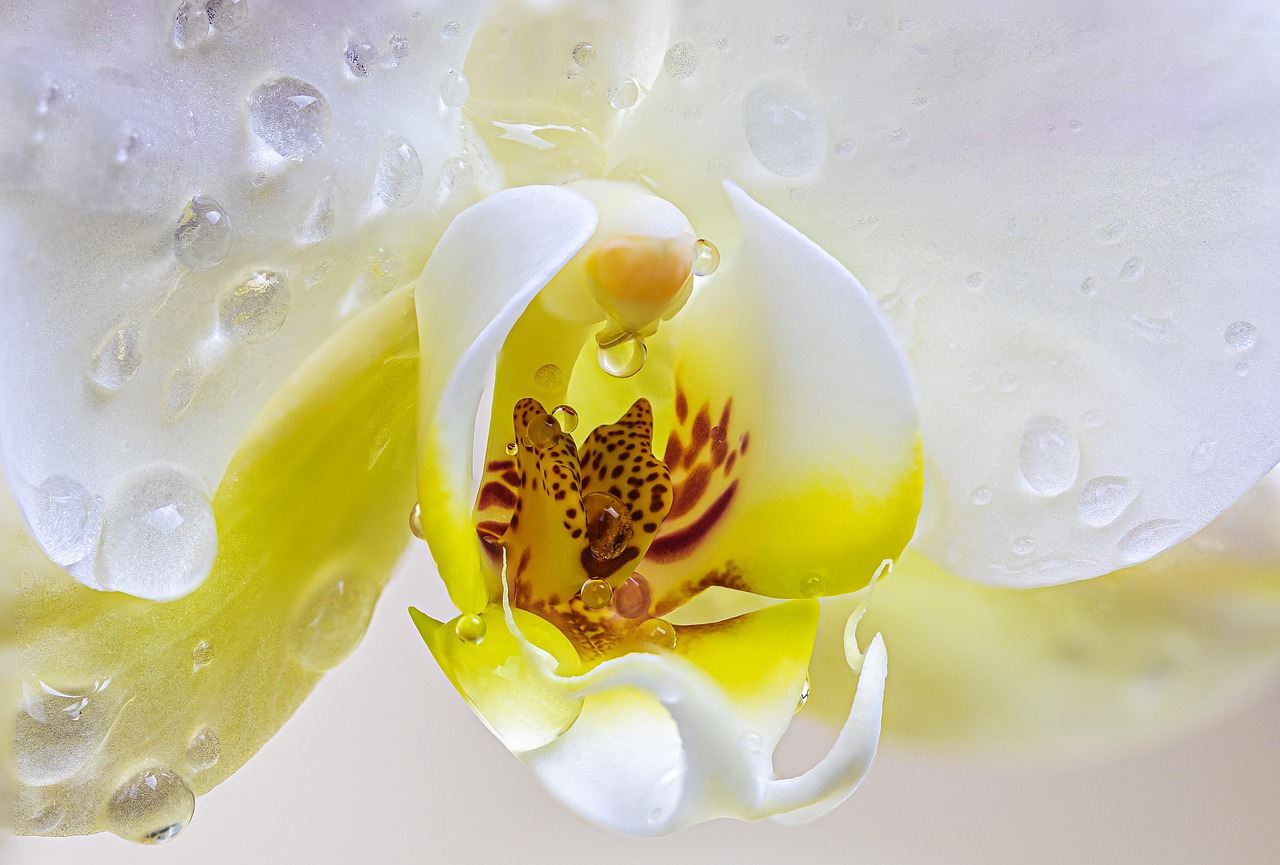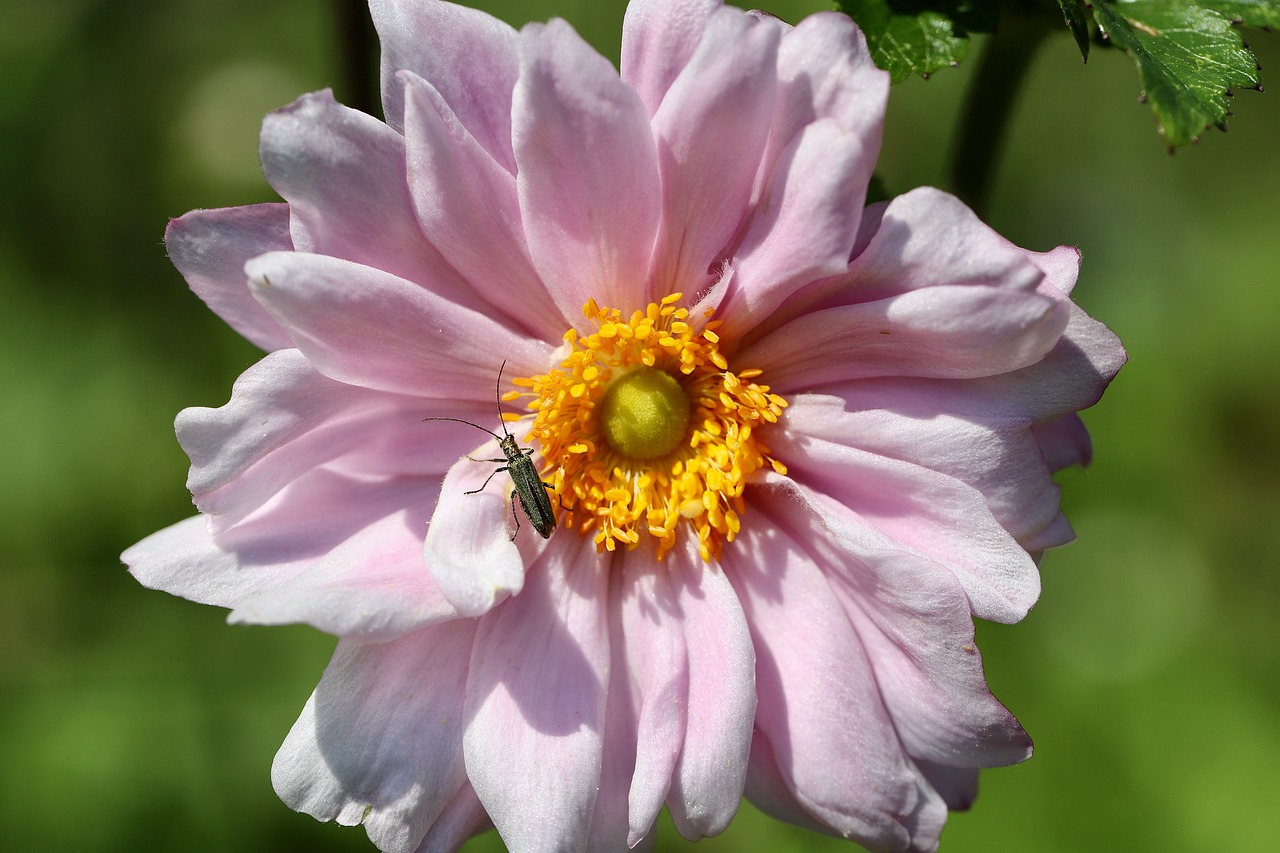
How to Prune and Renew Lilacs
Are your lilac bushes in need of some TLC? Pruning and renewing your lilacs is the key to ensuring their health and promoting abundant blooms. In this article, we will guide you through the step-by-step process of pruning and renewing lilac bushes, providing you with all the information you need to get started.
Pruning lilacs may seem like a daunting task, but with the right techniques and tools, it can be a rewarding experience. By properly pruning and renewing your lilacs, you can improve air circulation, promote new growth, and maintain a desirable size for your bushes.
When to Prune Lilacs
When it comes to pruning lilacs, timing is crucial for achieving optimal growth and abundant blooms. Understanding the ideal time of year to prune your lilacs will ensure that you don’t hinder their flowering potential. The best time to prune lilacs is right after they finish blooming, typically in late spring or early summer.
Pruning lilacs immediately after flowering allows you to remove any dead or spent blooms, promoting the growth of new buds for the following year. It’s important to prune lilacs before they start developing new buds for the next season, as pruning too late can result in cutting off next year’s flowers.
By pruning your lilacs at the right time, you’ll encourage healthy growth and ensure that your bushes produce a stunning display of fragrant blooms. Remember to always use clean and sharp pruning tools to make clean cuts and minimize the risk of disease transmission.
Tools and Equipment
When it comes to pruning and renewing lilacs, having the right tools and equipment is essential for achieving successful results. Here are the essential tools and equipment you’ll need to effectively prune and renew your lilac bushes:
- Pruning shears: These are the go-to tool for most pruning tasks. Look for a pair with sharp blades and comfortable handles for easy use.
- Loppers: These larger pruning tools are ideal for cutting thicker branches. They provide more leverage and can handle branches up to 2 inches in diameter.
- Pruning saw: For even larger branches, a pruning saw is necessary. Choose one with a curved blade for easier cutting.
- Gloves: Protect your hands from thorns and sharp edges with a pair of sturdy gardening gloves.
- Safety goggles: When using pruning tools, it’s important to protect your eyes from flying debris. Safety goggles will keep your eyes safe during the pruning process.
- Disinfectant: To prevent the spread of diseases, it’s crucial to clean your pruning tools between cuts. Use a disinfectant spray or wipe to sanitize your tools.
Having these tools and equipment on hand will make the pruning and renewal process much easier and more efficient. With the right tools, you’ll be able to prune your lilacs effectively, ensuring healthy growth and abundant blooms.
Pruning Techniques
Pruning is an essential task for maintaining the health and shape of lilac bushes. There are various pruning techniques that can be employed to ensure the optimal growth and abundant blooms of these beautiful plants. Let’s explore some of these techniques in detail.
Thinning: Thinning is a pruning technique that involves removing select branches from the lilac bush. This helps to improve air circulation and sunlight penetration, which are crucial for the overall health of the plant. By thinning out the branches, you can prevent the development of dense and overcrowded growth, allowing the lilac to thrive.
Heading Back: Heading back is another technique used in lilac pruning. It involves cutting back the branches to encourage new growth and maintain a desirable size. By selectively removing certain branches, you can shape the lilac bush and promote a more compact and attractive appearance.
Rejuvenation Pruning: Rejuvenation pruning is a more aggressive technique that is typically used for old or neglected lilac bushes. It involves cutting the plant back to a height of 6-8 inches from the ground. This drastic pruning stimulates new growth and helps to rejuvenate the plant, resulting in healthier and more vigorous blooms.
By employing these pruning techniques, you can ensure the longevity and vitality of your lilac bushes. However, it is important to remember that each technique should be performed at the appropriate time of year and with the right tools to avoid causing harm to the plant. Now that we have explored the different pruning techniques, let’s move on to some valuable tips and precautions to ensure successful and safe pruning of lilacs.
Thinning
Thinning is an important pruning technique that involves removing select branches from the lilac bush to improve air circulation and increase sunlight penetration. By thinning out the branches, you allow for better airflow, which reduces the risk of diseases and promotes overall plant health. Additionally, increased sunlight exposure can lead to more vigorous growth and abundant blooms.
To thin out the lilac branches, start by identifying any dead, damaged, or diseased branches. These should be pruned off completely, as they can negatively impact the health of the plant. Next, look for any branches that are crossing or rubbing against each other. These branches can create wounds and provide an entry point for pests and diseases, so it’s best to remove them as well.
When thinning, it’s important to maintain the natural shape and structure of the lilac bush. Avoid removing too many branches at once, as this can result in an unbalanced appearance. Instead, aim to remove no more than one-third of the branches each year. This gradual approach allows the plant to adjust and minimizes stress.
Thinning is typically done in late winter or early spring, before new growth begins. It’s important to use clean and sharp pruning tools to make clean cuts and prevent the spread of diseases. Remember to always sterilize your tools between cuts to avoid transmitting any pathogens.
By thinning out the lilac branches, you can create a healthier and more vibrant plant that will reward you with beautiful blooms year after year.
Heading Back
Heading back is an essential pruning technique that helps promote new growth and maintain the desired size of lilac bushes. By selectively cutting back branches, you can encourage the development of new shoots and a more compact shape. To properly head back lilac branches, follow these steps:
- Start by identifying the branches that need to be pruned. Look for any overgrown or straggly branches that are affecting the overall shape of the bush.
- Using sharp and clean pruning shears, make a clean cut just above a bud or lateral branch. This will encourage new growth to emerge from the cut area.
- Remove any dead, damaged, or diseased branches during the heading back process. This will improve the overall health of the lilac bush.
- Take care not to remove more than one-third of the plant’s total growth during the heading back process. Pruning too aggressively can weaken the plant and hinder its ability to produce blooms.
Heading back lilac branches should be done during the dormant season, typically in late winter or early spring before new growth begins. This allows the plant to recover and direct its energy towards new shoots and flower production. Remember to always use clean and sharp pruning tools to minimize the risk of disease transmission.
Rejuvenation Pruning
Rejuvenation Pruning: Rejuvenation pruning is a more aggressive method used to revive old or neglected lilac bushes. It involves cutting back the entire plant to a height of 6 to 8 inches from the ground. This drastic pruning stimulates new growth and helps restore the health and vitality of the lilac bush.
To perform rejuvenation pruning, start by removing all the old and dead wood from the lilac bush. Use a sharp pruning tool, such as pruning shears or loppers, to make clean cuts just above a healthy bud or lateral branch. Cut the branches at a slight angle to prevent water from pooling on the cut surface.
After removing the old wood, proceed to cut back the remaining branches to the desired height. It is recommended to remove no more than one-third of the total plant mass in a single pruning session. Spread the pruning cuts evenly throughout the bush to maintain a balanced shape.
Once the rejuvenation pruning is complete, provide proper care and maintenance to support the lilac’s recovery. Water the plant regularly, especially during dry periods, and apply a balanced fertilizer to promote healthy growth. It may take some time for the lilac to fully recover and produce abundant blooms, but with patience and proper care, your rejuvenated lilac bush will thrive once again.
Pruning Tips and Precautions
When it comes to pruning lilacs, there are some important tips and precautions to keep in mind to ensure successful and safe pruning. By following these guidelines, you can maintain the health and beauty of your lilac bushes.
First and foremost, it’s crucial to use the right tools and equipment for the job. This includes sharp pruning shears or loppers, gloves to protect your hands, and safety goggles to shield your eyes. Having the proper tools will make the pruning process easier and more efficient.
Another important tip is to prune lilacs during the appropriate time of year. Ideally, pruning should be done just after the flowering season, typically in late spring or early summer. This allows the lilac bushes to recover and produce new growth in preparation for the next blooming season.
It’s also essential to be mindful of the specific pruning techniques to use. Thinning out branches is a common technique that involves removing some of the older, thicker branches to improve air circulation and sunlight penetration. Heading back, on the other hand, involves cutting back the branches to encourage new growth and maintain a desired size.
Additionally, it’s important to be cautious when pruning lilac suckers. These are shoots that grow from the base of the lilac bush and can drain the plant’s energy if left unchecked. Identifying and removing these suckers will help the main plant thrive.
Overall, proper pruning techniques, using the right tools, and being aware of potential risks are key to successful and safe pruning of lilacs. By following these tips and precautions, you can ensure the health and longevity of your lilac bushes, resulting in vibrant blooms year after year.
Pruning Lilac Suckers
Pruning Lilac Suckers
One important aspect of maintaining the health and vitality of your lilac bushes is identifying and removing suckers. Lilac suckers are shoots that emerge from the base of the plant or the roots. While they may seem harmless, these suckers can drain the plant’s energy and hinder proper growth if left unattended.
To identify lilac suckers, look for shoots that grow straight up from the ground or appear at the base of the main stems. They often have a different leaf shape or color than the rest of the plant. Once you have identified the suckers, it’s crucial to remove them promptly to prevent them from taking over and weakening the lilac bush.
When removing lilac suckers, use a sharp pruning tool, such as pruning shears or a hand saw. Cut the suckers as close to the base of the plant or the root as possible. Take care not to damage the main stems or the healthy branches while removing the suckers.
Regularly inspecting your lilac bushes for suckers and promptly removing them will help ensure that the plant’s energy is directed towards healthy growth and abundant blooms. By taking this simple step, you can maintain the overall health and beauty of your lilacs for years to come.
Pruning After Flowering
Pruning after flowering is a crucial step in maintaining the health and vitality of your lilac bushes. By pruning immediately after the blooming season, you can ensure that your lilacs will continue to produce abundant blooms in the following year. This timing allows the plant to redirect its energy towards developing new growth and flower buds for the next season.
When you prune after flowering, you remove the spent blossoms and any dead or damaged branches. This not only improves the overall appearance of the lilac bush but also prevents the formation of seed heads, which can divert energy away from flower production. Additionally, removing dead or diseased branches helps prevent the spread of pests or diseases throughout the plant.
To prune after flowering, start by inspecting the lilac bush for any dead or damaged branches. Use sharp and clean pruning shears to make clean cuts just above a healthy bud or branch junction. Remove any spent blossoms by cutting them back to a healthy set of leaves or buds. Be sure to maintain the natural shape of the lilac bush while removing any unwanted or overcrowded branches.
By pruning after flowering, you stimulate new growth and encourage the lilac bush to produce more flower buds for the next year. It is important to note that pruning at other times of the year may result in the removal of potential flower buds, leading to fewer blooms. So, make sure to mark your calendar and prune your lilacs immediately after they finish blooming to ensure a beautiful display of flowers year after year.
Frequently Asked Questions
- Q: When is the best time to prune lilacs?
- Q: What tools and equipment do I need for pruning lilacs?
- Q: What is thinning and why is it important for lilacs?
- Q: How do I properly head back lilac branches?
- Q: Can I rejuvenate an old or neglected lilac bush?
- Q: How do I identify and remove lilac suckers?
- Q: Why is it important to prune lilacs after flowering?
A: The ideal time to prune lilacs is in the late winter or early spring, before new growth begins. This allows the plant to heal and recover before the growing season.
A: You will need a pair of sharp pruning shears or loppers to cut through thick branches. Additionally, having a pruning saw handy can be useful for larger branches that need to be removed.
A: Thinning involves selectively removing certain branches to improve air circulation and sunlight penetration within the lilac bush. This promotes healthier growth and reduces the risk of disease.
A: To head back lilac branches, make a clean cut just above a bud or lateral branch. This encourages new growth and helps maintain the desired size and shape of the lilac bush.
A: Yes, you can rejuvenate an old or neglected lilac bush through more aggressive pruning methods. This involves cutting back the entire bush to about 6-8 inches from the ground, allowing new shoots to emerge.
A: Lilac suckers are shoots that grow from the base of the plant, often stealing nutrients and energy from the main bush. To remove them, simply dig down and cut them off at the base.
A: Pruning lilacs immediately after flowering allows the plant to set buds for the following year. If you wait too long to prune, you may risk removing next year’s blooms.



